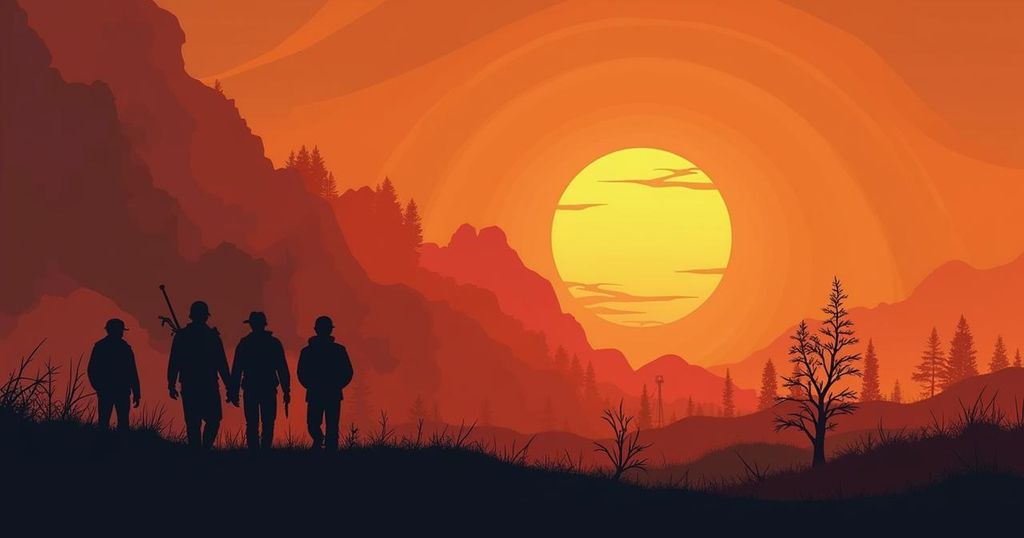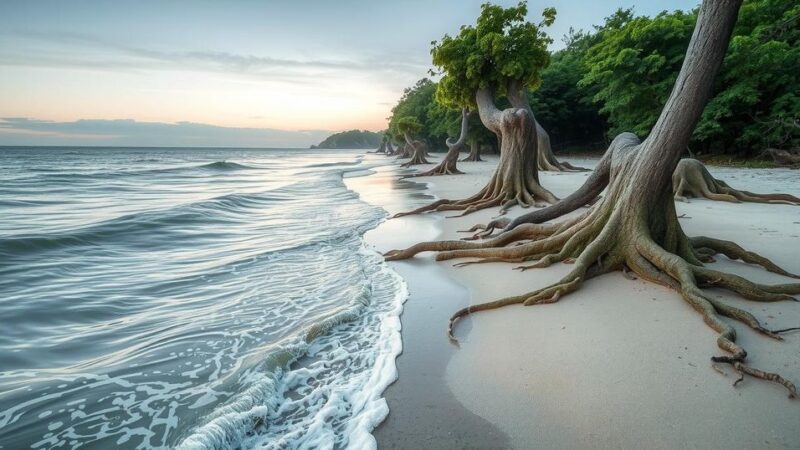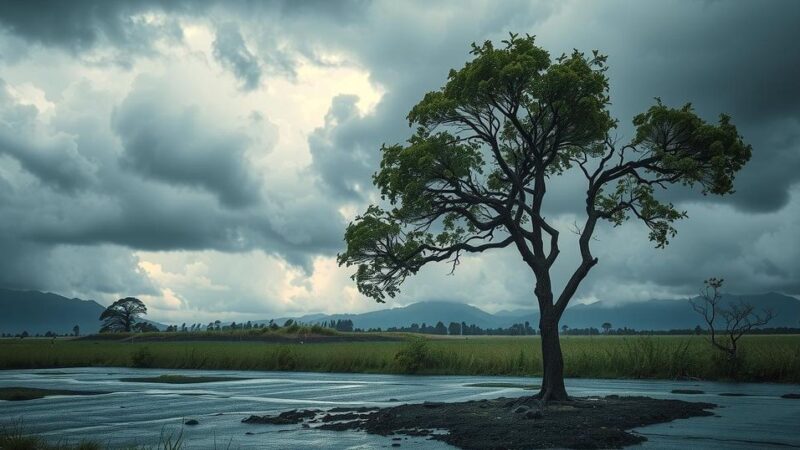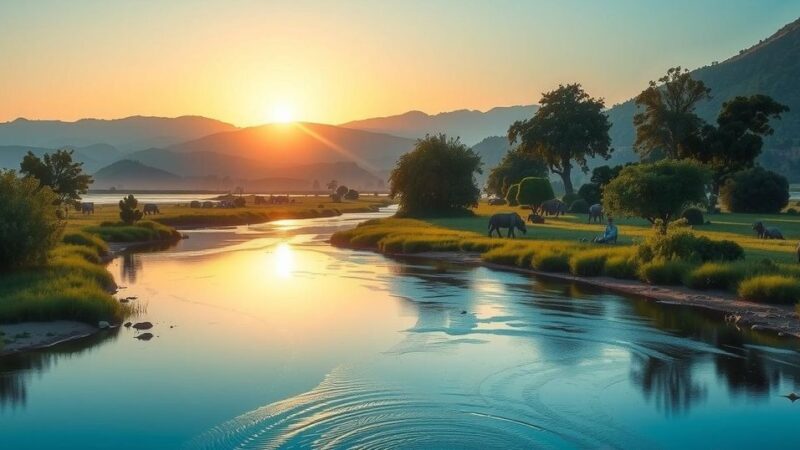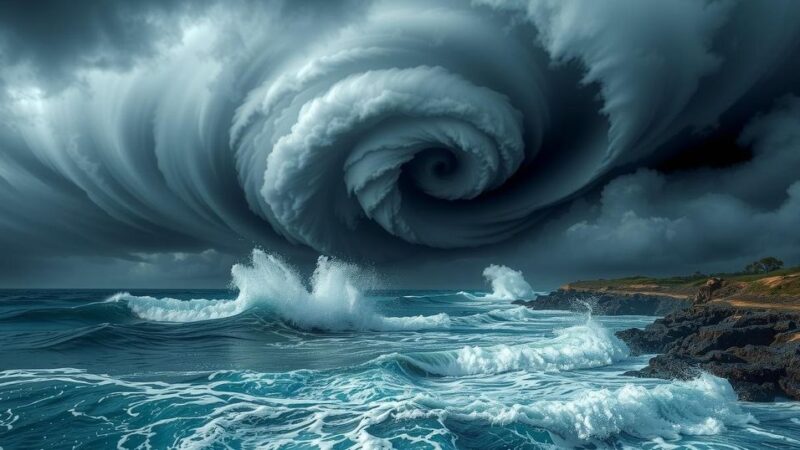On September 16, the Pearl Fire ignited northwest of Red Feather Lakes, forcing 2,000 residents to evacuate. By September 21, fire containment reached 90%, with only one building damaged. The increasing wildfire frequency in Colorado is attributed to climate change, raising concerns over forest regeneration and environmental impact. Governor Polis declared a state of emergency in response to the fire’s spread.
On September 16, the Northwest Larimer County Sheriff’s Office received multiple reports of smoke emanating from the Crystal Lakes region. Firefighters promptly located the origin of the flames and identified the Pearl Fire, which had ignited on private property approximately five miles northwest of Red Feather Lakes. This fire necessitated the evacuation of around 2,000 residents, while emergency responders utilized helicopters and air tankers to deploy water and fire retardant in attempts to contain the blaze. By the following day, the Pearl Fire had expanded to cover 128 acres, with containment efforts achieving only a modest 5%. Containment is defined as the established perimeter designed to halt the fire’s spread. In light of the escalating situation, Governor Jared Polis formally declared a disaster emergency. The ongoing efforts of first responders proved successful, as containment surged to 90% by September 21, enabling the lifting of evacuation orders. Remarkably, only one structure sustained damage despite the fire’s proximity to residential areas. The cause of the Pearl Fire remains under investigation, with authorities refraining from releasing further details at this stage. Colorado has a history of catastrophic fires, such as the Marshall Fire in December 2021, which resulted in the tragic loss of two lives and the destruction of numerous homes in the Boulder area. This particular fire was notably severe, occurring as a result of an unusual combination of drought conditions and extreme wind speeds. Climate scientists have increasingly linked the heightened frequency of wildfires in Colorado to the overarching impacts of climate change. As wildfires proliferate in the American West, experts express alarm regarding the regeneration of forests affected by these blazes. The intensified heat, frequency, and severity of wildfires present a significant challenge for the establishment of seeds that would normally thrive post-fire. Denuded and scorched landscapes are furthermore at greater risk of erosion, alongside potential losses to the snowpack, which is integral to the region’s water supply. Despite the concerted efforts from state officials and environmental organizations to engage in tree planting initiatives and wildfire prevention strategies, apprehension remains regarding the long-term implications of escalating wildfires for Colorado’s ecological landscape.
The Pearl Fire, which posed significant evacuation threats and prompted a disaster declaration in Colorado, serves as a pressing reminder of the increasing wildfire risks associated with climate change. Wildfires, once periodic occurrences in forest regions, are now being exacerbated by climate factors, leading to more frequent and severe incidents. Notable historical fires, such as the Marshall Fire, highlight the devastating effects of extreme weather conditions intensified by climate phenomena, including drought and high winds. As the environment changes, the preservation of forest ecosystems and forest regeneration is becoming a critical concern for scientists and policymakers alike.
In conclusion, the Pearl Fire exemplifies the alarming trends in wildfire frequency and intensity driven by climate change. The environmental and ecological ramifications of these wildfires are profound, affecting not only immediate safety but also long-term forest health and regeneration. As Colorado faces an uncertain future with potential for increased fire events, the importance of continued investment in prevention, restoration, and adaptation strategies is paramount to safeguard both communities and natural ecosystems against the growing threat of wildfires.
Original Source: duclarion.com

